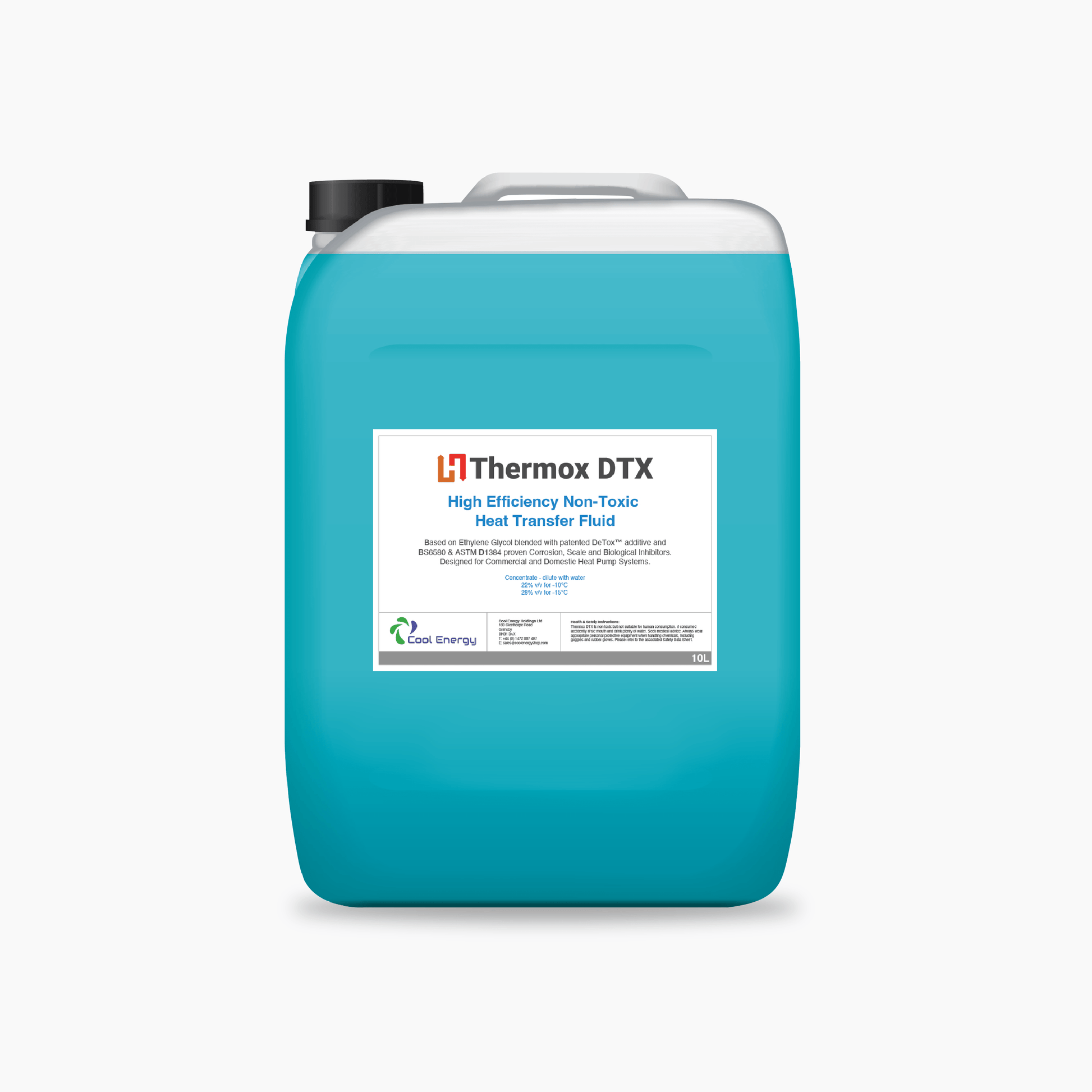Comprehending the Uses of Heat Transfer Liquid in Industrial Applications
In the dynamic landscape of commercial applications, warmth transfer liquids (HTFs) are essential for preserving specific thermal policy, essential to enhancing functional performance and product high quality. From the ins and outs of chemical processing to the durable needs of power generation, HTFs are main to making certain stable and efficient warmth exchange.
Role in Chemical Processing
In chemical handling, warmth transfer fluids play an essential role in keeping accurate temperature control, which is essential for enhancing reaction prices and making certain item quality - heat transfer fluid. These liquids are pivotal in assisting in reliable warm exchange between process devices, therefore enabling the regulation of thermal problems within reactors, distillation columns, and various other important apparatus. Their capability to preserve security under varying thermal tons and environmental conditions makes them important in chemical production
The selection of a proper warm transfer fluid is figured out by aspects such as thermal conductivity, particular warm capability, thickness, and chemical compatibility with the procedure products. High-performance fluids enable rapid heating & cooling, enhancing the performance of endothermic and exothermic responses. Furthermore, their thermal security decreases the threat of deterioration or contamination, which can lead to tools fouling and reduced procedure efficiency.
Along with temperature policy, these liquids add to security by preventing overheating and reducing the potential for thermal runaway responses. By offering consistent thermal administration, warmth transfer liquids improve procedure reliability and can bring about considerable energy financial savings. As chemical procedures come to be progressively complex, the relevance of choose and preserving optimum heat transfer fluids can not be overstated.

Power Generation Applications
Relocating from chemical handling to power generation, warm transfer liquids think a vital function in the production of energy. In power generation applications, these fluids contribute in preserving optimum thermal efficiency and ensuring the trustworthy procedure of nuclear power plant. Numerous sorts of power generation facilities, consisting of fossil fuel-based plants and concentrated solar energy (CSP) systems, rely greatly on warm transfer fluids for effective power conversion.
In nonrenewable fuel source nuclear power plant, warm transfer fluids are utilized to transfer warmth from burning gases to water in central heating boilers, creating steam that drives wind turbines. This process requires liquids with high thermal security and excellent heat transfer residential or commercial properties to endure severe temperatures and stress. Similarly, in CSP plants, warm transfer liquids circulate via solar collectors, absorbing solar power and moving it to a central receiver where it is made use of to generate heavy steam. The vapor then powers turbines to generate electrical power.
The selection of warmth transfer liquid in these applications is critical, as it influences the plant's efficiency, safety and security, and environmental impact. Artificial oils, liquified salts, and various other specialized liquids are frequently used, picked based upon their thermal stability, heat ability, and compatibility with system products.
Impact on Food and Beverage Industry

In addition to boosting product top quality, warm transfer liquids contribute to functional performance by minimizing energy intake and lowering process times. Their thermal stability and high warmth ability permit quick heating and cooling cycles, bring about improved throughput and cost-effectiveness. The use of food-grade warmth transfer liquids, which comply with strict security standards, makes sure that there click this site is no risk of contamination, consequently securing public health and wellness.
The convenience of warm transfer liquids enables their application throughout a large range of food and drink procedures, from dairy and confectionery to brewing and bottling. By enhancing temperature level control, these liquids play a crucial role in meeting the developing needs of the food and drink industry while maintaining high standards of high quality and security.
Relevance in Manufacturing

An essential aspect of making procedures throughout various industries is the reliable management of temperature, which is where heat transfer liquids show their value. Heat transfer liquids help with these controlled settings by taking in, transferring, and releasing warmth as essential.
In making settings, warm transfer fluids add considerably to operational performance and cost-effectiveness. By decreasing temperature changes, they aid lower power consumption, thus reducing operational prices and enhancing sustainability. They improve the life-span of tools by preventing getting too hot and thermal anxiety, which can lead to pricey downtime and fixings.
In addition, the flexibility of warm transfer fluids enables them to be personalized for specific applications, suiting a large range of temperature levels and environmental problems. This adaptability guarantees consistent performance, even in one of the most requiring commercial setups. Eventually, the critical use heat transfer liquids encourages producers to enhance their procedures, improve product top quality, and preserve a competitive side in an ever-evolving market.
Advancements in Warm Transfer Technology
With advancements in warmth transfer modern technology, sectors are experiencing transformative renovations in temperature management systems. Modern HTFs, such as nano-fluids, show improved thermal conductivity and stability, which dramatically improve heat exchange processes.
In addition, the assimilation of smart modern Visit This Link technology and electronic tracking systems has transformed warm management. Advanced sensors and IoT tools give real-time information analytics, allowing accurate control and optimization of heat transfer procedures. This causes enhanced safety, lowered downtime, and extended devices life expectancy.
In addition, the development of magnetic and phase-change materials in warmth transfer applications notes a considerable leap ahead. heat transfer fluid. Magnetic fluids, for instance, deal fast warm dissipation with magnetic area adjustment, while phase-change materials effectively save and release thermal power during stage transitions
These technological strides are not only check my blog enhancing performance in typical industries such as chemical processing and power generation yet are also promoting innovation in emerging fields like sustainable power systems and electronic cooling, leading the way for sustainable industrial procedures.

Verdict
Warm transfer liquids are integral to industrial applications, providing accurate temperature control and improving functional effectiveness. Breakthroughs in warm transfer modern technology proceed to maximize these features, underscoring the vital duty of HTFs in industrial processes.